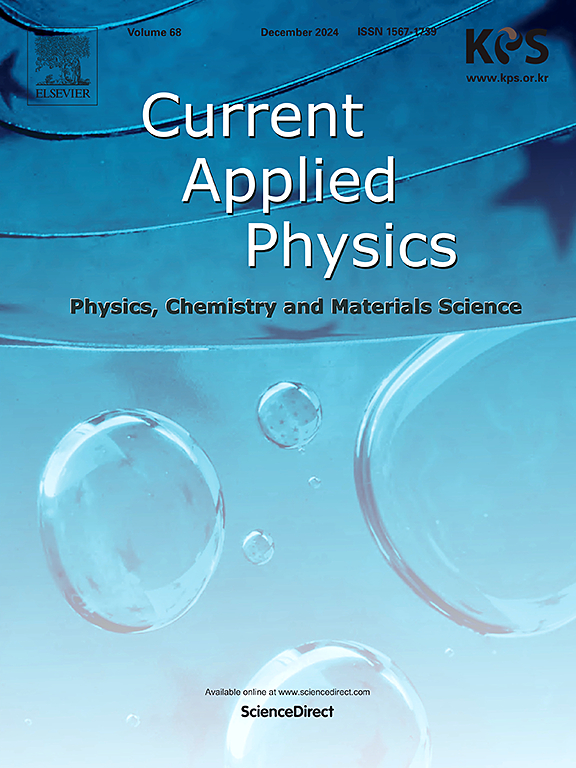Nafion edge passivation and nitrogen annealing treatment to improve solar cell reliability under light and elevated temperature induced degradation (LeTID) investigation
IF 3.1
4区 物理与天体物理
Q3 MATERIALS SCIENCE, MULTIDISCIPLINARY
引用次数: 0
Abstract
This research examines the effectiveness of nitrogen annealing and Nafion treatment in mitigating Light and Elevated Temperature Induced Degradation (LeTID) in Passivated Emitter and Rear Contact (PERC) solar cells, employing a 30-kW photovoltaic (PV) system for evaluation. As a photosensitive device, solar cells are susceptible to damage from laser irradiation, leading to reduced photoelectric conversion efficiency, structural damage, and functional loss. To minimize this loss, nitrogen annealing and Nafion treatments were applied, followed by the analysis of LeTID effects on untreated, Nafion-treated, and combined nitrogen-annealed and Nafion-treated PERC cells. Untreated cells showed an 8 % fall in open-circuit voltage (Voc) and a 7 % fill factor (FF) loss. The combined treatment (Combination of Nitrogen & Nafion Treatment) improved stability, reducing losses to 6 % in Voc and 5 % in FF. The Nafion treatment yielded the best results, limiting deterioration to 4 % in Voc and 3 % in FF. PVsyst simulations, incorporating real-world data, confirmed enhanced stability and efficiency, aiding in optimizing PV system design and maintenance.

国家边缘钝化和氮退火处理提高太阳能电池在光和高温诱导降解(LeTID)下的可靠性研究
本研究考察了氮退火和Nafion处理在钝化发射极和后接触(PERC)太阳能电池中减轻光和高温诱导降解(LeTID)的有效性,采用30kw光伏(PV)系统进行评估。太阳能电池作为光敏器件,容易受到激光照射的损伤,导致光电转换效率降低,结构损伤,功能丧失。为了最大限度地减少这种损失,采用了氮退火和Nafion处理,然后分析了未处理、Nafion处理以及氮退火和Nafion处理组合的LeTID对PERC电池的影响。未经处理的电池显示开路电压(Voc)下降8%,填充因子(FF)损失7%。组合处理(氮素组合;Nafion处理)提高了稳定性,将挥发性有机化合物的损失降低到6%,FF的损失降低到5%。Nafion处理产生了最好的结果,将Voc和FF的退化限制在4%和3%。PV系统模拟,结合现实世界的数据,证实了增强的稳定性和效率,有助于优化PV系统的设计和维护。
本文章由计算机程序翻译,如有差异,请以英文原文为准。
求助全文
约1分钟内获得全文
求助全文
来源期刊

Current Applied Physics
物理-材料科学:综合
CiteScore
4.80
自引率
0.00%
发文量
213
审稿时长
33 days
期刊介绍:
Current Applied Physics (Curr. Appl. Phys.) is a monthly published international journal covering all the fields of applied science investigating the physics of the advanced materials for future applications.
Other areas covered: Experimental and theoretical aspects of advanced materials and devices dealing with synthesis or structural chemistry, physical and electronic properties, photonics, engineering applications, and uniquely pertinent measurement or analytical techniques.
Current Applied Physics, published since 2001, covers physics, chemistry and materials science, including bio-materials, with their engineering aspects. It is a truly interdisciplinary journal opening a forum for scientists of all related fields, a unique point of the journal discriminating it from other worldwide and/or Pacific Rim applied physics journals.
Regular research papers, letters and review articles with contents meeting the scope of the journal will be considered for publication after peer review.
The Journal is owned by the Korean Physical Society.
 求助内容:
求助内容: 应助结果提醒方式:
应助结果提醒方式:


